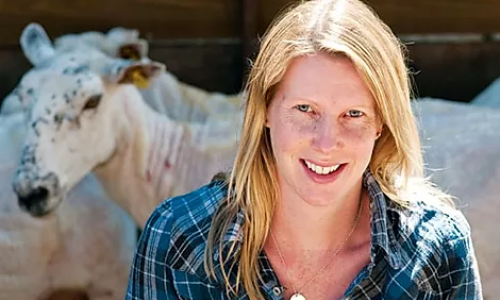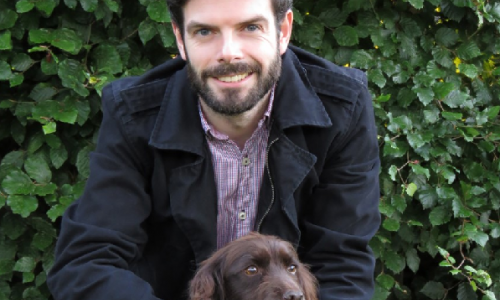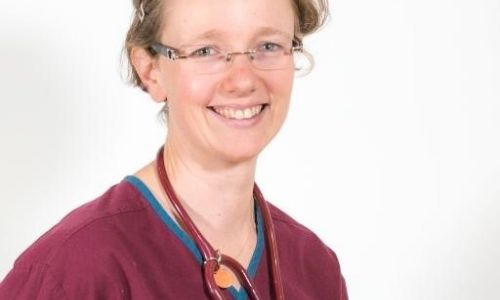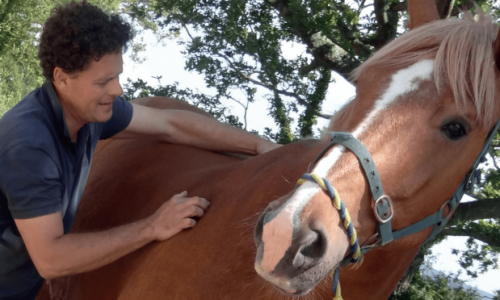Meet Navaratnam: Dairy Technical Specialist, Phibro Animal Health Corporation
"As part of my previous role, I was able to reduce antimicrobial use in dairy bull calves significantly with very little investment by instead focusing on good management routines. It is something I promote and discuss widely."
Navaratnam Partheeban
Briefly describe your current role and professional interests?
My role helps to improve productivity and lower disease to our farmer clients. A large part of my job is demonstrating to farmers that they can reduce antimicrobials significantly without adversely affecting their herd. To help achieve this, I’m running several trials in the UK and focusing on facilitating behaviour change at farm level.
Dairy production is my passion for which I have been fortunate enough to study and learn in several countries. This means I am able to support farmers both here and abroad in techniques to improve welfare and productivity. As part of my previous role, I was able to reduce antimicrobial use in dairy bull calves significantly with very little investment by instead focusing on good management routines. It is something I promote and discuss widely.
When did you know you wanted to work in the veterinary profession?
I was seven when I used to sit in my uncle’s vet practice in East London just playing with the animals and looking forward to a McDonald's Lunch. Eventually, I would spread my time over all the different areas of the surgery. At 16 that I started to seriously think about what I wanted to do as a career. I loved science and animals, so it felt like a natural career for me.
What is your favourite part of the job?
I enjoy being able to talk to people who have the same passion as me. Dealing with many members of the veterinary and agricultural industry allows me to learn and understand differing perspectives.
The variety the job brings is also a huge positive. I am still on-farm, but my focus is at herd health level rather than calving cows. I also deal with the commercial aspects such as talking to large national nutrition companies and I’m able to keep my research interests going through the dairy nutrition trials I have setup.
There is not just one role a vet can do; with enthusiasm and passion, it’s possible to seek out a role that is right for you.
What is the most challenging part of your job?
Managing a work-life balance. Unfortunately, I must travel a fair bit but the benefits that I receive, plus being able to do the role that I do, are worth it.
Another big issue is the communication between the different sectors in livestock farming. I find that vets, foot trimmers, nutritionists etc have poor communication but similar goals on farm. Trying to do something for one group can make the other group unhappy and so it’s important to facilitate farm team discussions as much as possible.
Do you have any tips for achieving a good work-life balance?
Put your foot down. It’s easy to say but something I have only managed as I’ve gained more experience. My time management used to be poor and I’d find myself driving all over the place. With careful forward planning, a lot more work can be completed in a shorter time. I also feel that outside interests are important which doesn’t have to be physical activity but can be any passion or interest. For example, I Iike to support my local inner-city farm.
How do veterinary professionals currently help to drive sustainability?
Currently, there is a growing awareness of sustainability issues among the veterinary profession which previously has not been as evident. In the farming sector, for example, vets have been part of the reduction in antimicrobial use effort which has seen some incredible results. There is a growing awareness that our industry must start to evaluate itself to see where change and improvements can be made.
What do you feel are the major opportunities to drive sustainability in the veterinary sector?
Driving down antimicrobial use by improving health and welfare in animals is an obvious effort for the profession.
We must also look at how we dispose of waste and use vehicles for transport.
What are your top tips for veterinary professionals wishing to take the first steps to drive sustainability in their roles?
Do some research about the topic first, then evaluate what you (or your practice) does in order to see if there any areas you can improve. Make sure to keep as many people in your practice aware and involved in any work you are doing. Have a plan about where you want to be in six-months or one-year and reassess after that period.
If you could wave a magic wand and make one improvement to drive the sustainability impact of the veterinary profession, what would it be?
Have recycle bins available and use them as much as possible. There is a huge amount of packaging that is used and it needs to be disposed of responsibly.
Meet the people who embed sustainability into their life and work
From the veterinary nurses who advise on responsible antibiotic use and lead welfare campaigns, to the practice managers who actively reduce the environmental footprint of their workplace — we recognise the scale of your impact.



